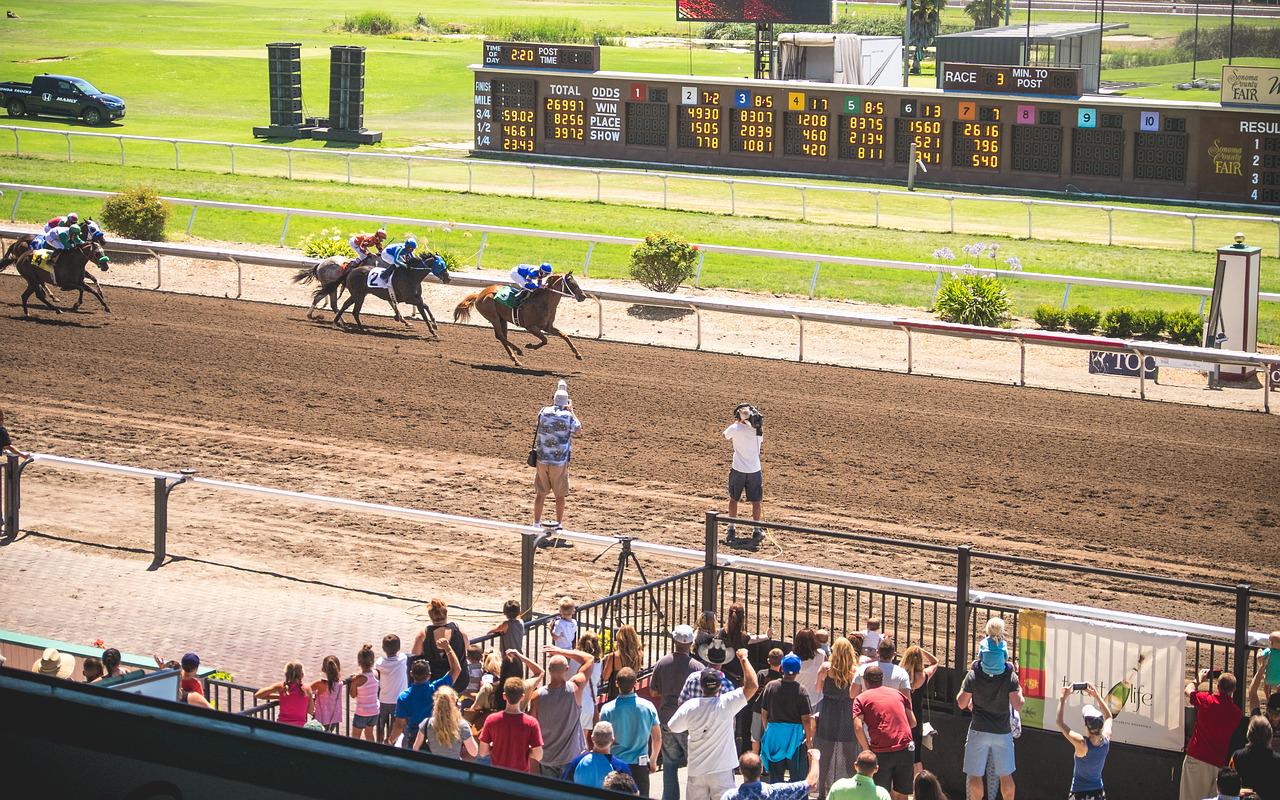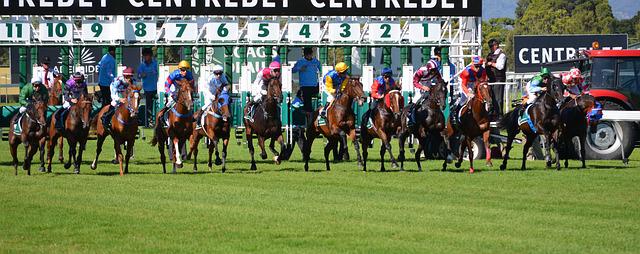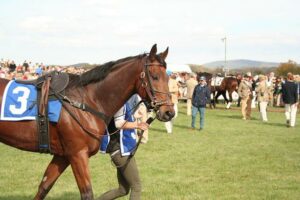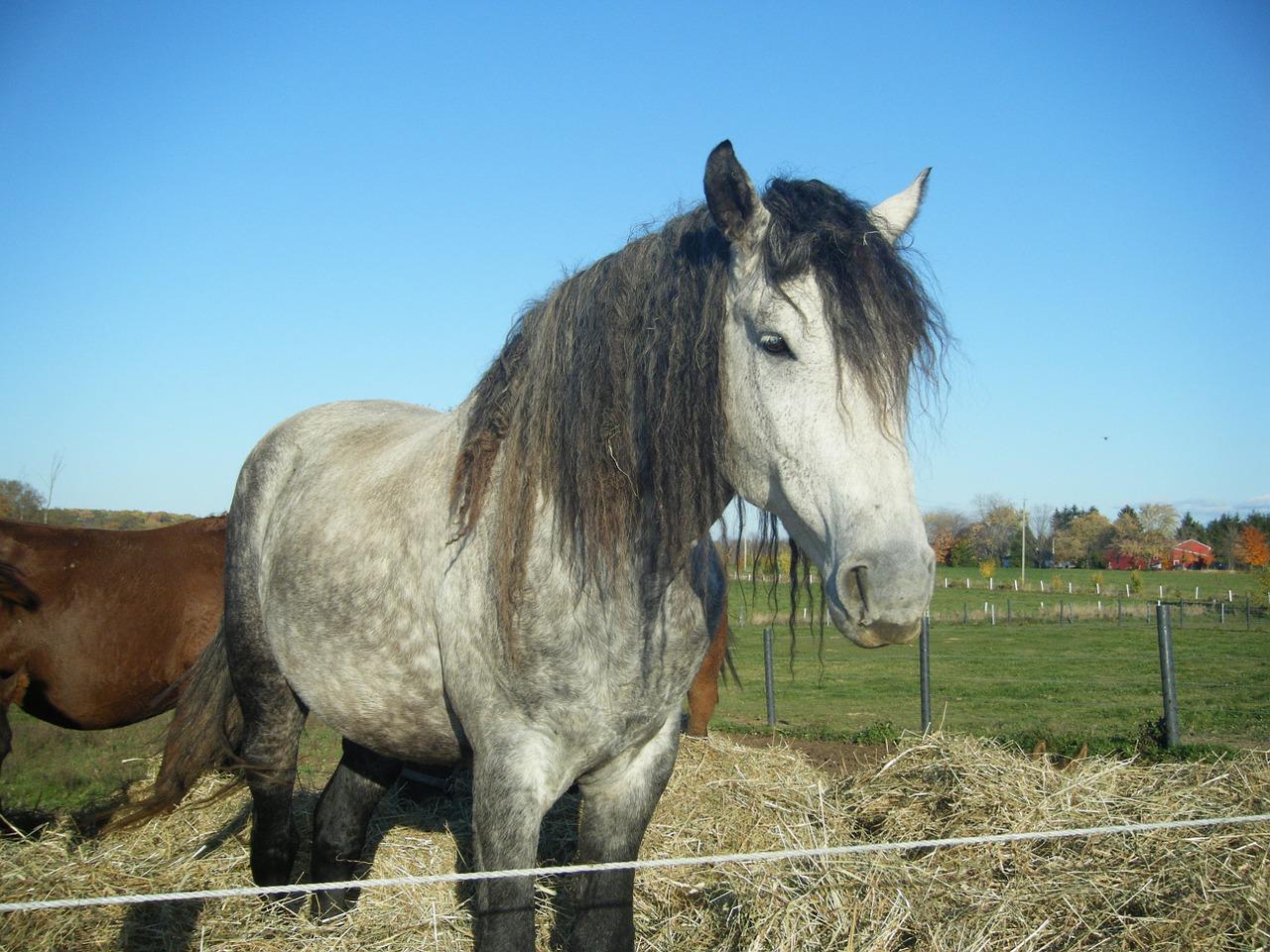
We all know that our four-legged friends are some of the most majestic animals out there, but did you know that some horse breeds are a lot more rare than others? In fact, we’ll discuss 4 horse breeds that are so rare you might not have ever heard of them. Keep reading to learn more!
The Akhal-Teke
The Akhal-Teke originated in Turkmenistan. The breed’s name comes from the Akhal Oasis, located in southwest Turkmenistan. The Akhal-Teke is considered to be one of the oldest horse breeds in existence and its origins are still unknown. The physical characteristics of the Akhal-Teke make them stand out from other horses—they’re small but muscular with long necks and heads that make them look like they’re always smiling (which makes sense when you see their nickname: “the smiley horse”). Their coats range from chestnut red to black with white markings on their faces and legs. Some even have pinkish manes!
Although these horses may not seem especially rare at first glance since there are thousands of them around Russia today (thanks mostly to Soviet breeding programs), only 200 pure bloodlines exist worldwide—making them truly unique creatures indeed!
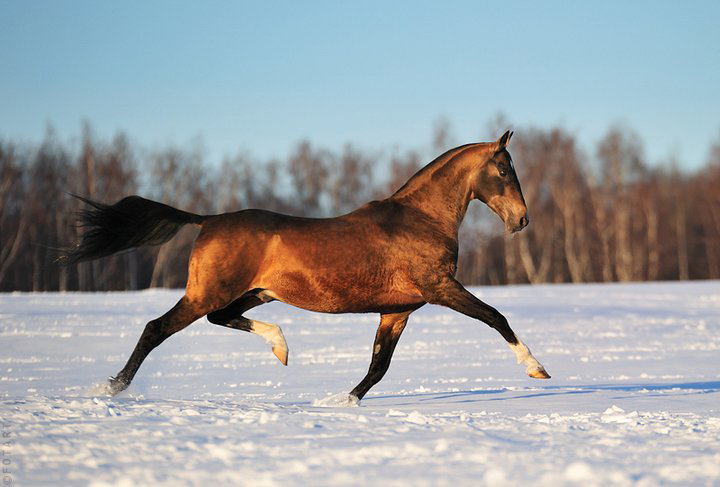
The Bashkir Curly horse
The Bashkir Curly horse is a rare breed of horse that originated in the Ural Mountains in Russia. It has been bred for centuries for rocky terrain and temperate climate conditions, which explains its unique curly coat.
This breed was developed by crossing native horses with Arabians, Barbary mares, and other breeds from various parts of Europe and Asia. The result was a hardy yet beautiful animal that could endure long journeys across rough terrain without tiring or becoming ill.
The Bashkir Curly is similar in build to other types of horses, but because it has a coat made up entirely of tight curls rather than straight hair or fur, it looks quite different from other breeds when you look at it head-on.
The Cleveland Bay horse
The Cleveland Bay horse is a British breed of horse named after the Cleveland district of northern England. It originated in the late 18th century and was used for riding and driving, but today it’s primarily seen in hackneys, showing off its elegant gait to bystanders.
Cleveland Bays are strong horses with excellent stamina that can work all day without tiring out. They’re also known for their endurance during competitions like jumping or racing—they’ve even won multiple races at prestigious events such as Royal Ascot!
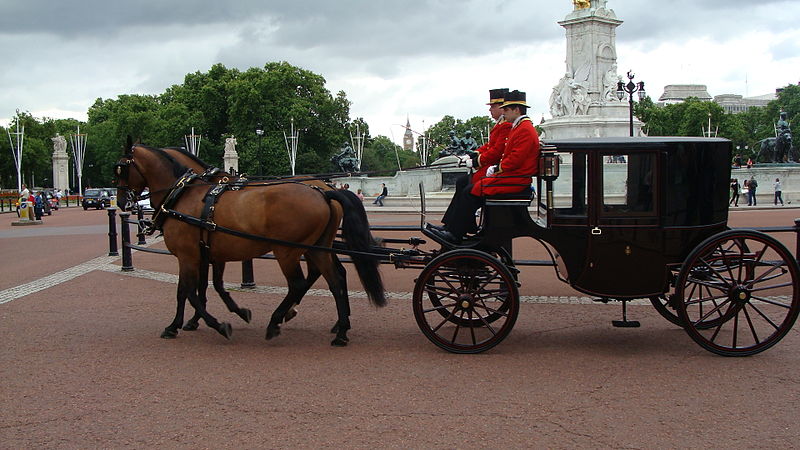
The American Cream horse
The American Cream horse is a rare breed of horse that originated in the United States. They have been recognized as a distinct breed since around 1875 although it’s believed that they date back as far as the early 1700s. The term “cream” refers to their light golden coat colour, which can range from a very pale cream or yellow-white to a rich golden-yellow. Their high endurance and calm disposition make them ideal for riding. They are also good at jumping and dressage.

